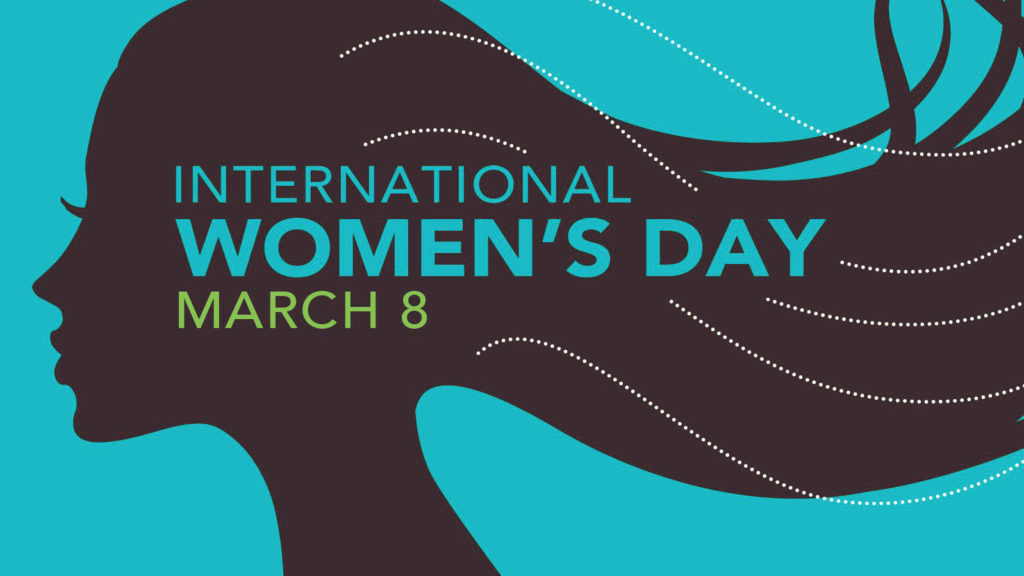Every year, the same surprise returns: March 8 is International Women’s Day. What about other days? For Men only?
The astonishment is so recurrent that it is no longer really a surprise. Women represent 52% of the world’s population and, strangely enough, we feel compelled to mark the occasion as if the female sex were a minority.
Of course, I know very well there are multiple areas where gender inequality is still predominant. The need to revisit these issues, even if only one day a year, is therefore of crucial importance. For example, in the business world, women generally suffer a form of injustice and discrimination across at least three well identified areas:
- Power and decisions. Look at company boards…
- The social dialogue. Getting better, but unions remain predominantly managed by men across so many countries and industries. And men mostly deal with male issues…
- Work/life balance between parents. As long as fathers don’t understand they’re expected to play a role to feed, heal, clean up and not solely entertain babies, this has a huge bearing on the way women can have their own professional careers
Increasing the Number of Women on Boards of Directors: a Strategic Imperative for Better Management at the top
Pioneering France saw the birth of the first document mentioning gender equity and legal equality between women and men. I would encourage anyone seeking for inspiration to discover Olympe de Gouges and have a look at her fascinating “Declaration of the Rights of Women and Citizens, drafted by in 1791.
More than two centuries later, France and several Scandinavian countries are clearly leading the pack of OECD economies when it comes to gender equity at work (Gender Pay Gap) and level of women included in Boards of Director (approximately 40% for listed companies).
Quotas should not be needed: the absence of women in power necessarily deprives companies of a social and cultural richness that allows them to better understand the complexity of today’s world and to meet its challenges. But because we still have generations to go to overcome Gender Equity at work, we basically need quotas to move faster.
Women in Social Dialogue: a Productivity Tool Where the State does not Properly Protect Female Workers
The discrediting of women’s legitimate place in social dialogue is particularly visible when we look at production issues in emerging countries. The absence of women’s voice in social dialogue has direct consequences: for example, while the principle of maternity leave without breach of employment contract has existed in Europe before World War 1, many emerging economies don’t have any similar clauses protecting pregnant women still today.
The HERProject (Health Enables Returns) initiative launched by BSR (Business for Social Responsibility) attempts to fill this gap and make up for a lack of social dialogue by partnering with major multinationals, suppliers and NGOs to set up health service structures for women working in factories. This project seems to pave the way for other initiatives that promote a model that compensates for the lack of regulation and its respect by making it possible to set up in situ companionship schemes in very concrete terms.
This type of initiative also encourages trade union organisations to take better account of gender issues in their work. These organisations can be exclusively male in certain markets and sectors! The idea is to create the conditions for dialogue and the implementation of practices that ensure better health for women workers and thus better productivity. The outcome of this type of action is only possible through cooperation at all levels: international donors who support this programme (e.g.: Sweden, Holland), companies that agree to open the doors of their supply chains (Apparel or Tech brands) as well as NGOs involved in local development.
Involving fathers to free mothers
I like reminding a distinction between sex and gender.
- Sex shapes biological differences between men and women. The best man can run a marathon more or less 14 minutes faster than the best women. That’s what it is, and may change one day. But that’s what best runners in the world are able to achieve today. This, by the way doesn’t mean that many women aren’t able to run faster than many men…
- Gender shapes cultural differences between men and women. Until 1967, no woman was allowed to run a marathon until Kathrine Switzer who thought she could do it and tried. She was by the excluded from the run. In the US and Western societies, there was overall the cultural perception that running for the sake of running was an odd activities, and certainly not something decent for women

Ultimately, gender inequality in employment is not a natural law dictated by economic needs or justified by biological factors; it is above all and above all a cultural construct that can therefore be reversed by a pedagogical approach that aims to change the roles assigned to everyone, in companies and, by extension, in society.
It starts at school. An interesting campaign was deployed in Paris, raising awareness among children from primary school onwards about issues of parental equality through playful quizzes.
- Who does the ironing? Mother Bear or Father Bear? Both of them!
- Who can operate the drill? Mother Bear or Father Bear? Both of them!

It is obviously a question of finding a balance between social construction and gender identity. When growing up, nothing should force a girl who does not want to perform tasks socially assigned to men to do so. However, nothing should erect a mental barrier that gives a girl the impression that she is not in her social role if she really wants to engage in such tasks. This reasoning naturally applies symmetrically to boys.
Finally, company obviously have a role to play. To free mothers, fathers must be made responsible for children education and domestic activities. Here again, the reasoning is similar. Nothing should force mothers to spend more time than fathers with children, for example, taking care on her own of all children related activities (food, cleaning, medical care, school obligations, sport or cultural extracurricular activities). But fathers should also feel comfortable taking care of children, without social or professional pressure from boss and colleagues giving the feeling that taking care of children would show losing interest in work and damaging professional career.
Thus, if International Women’s Day appeared in the context of social movements at the turn of the 20th century in North America and Europe, the century will have been the subject of many advances: let us be optimistic. However, the famous text of Olympe of Gouge from 1791 still remains an object of meditation and inspiration. I love reading again and again its article 4: “the exercise of women’s natural rights has no limits other than the perpetual tyranny that men oppose them; these limits must be reformed by the laws of nature and reason”. So let’s go for quotas and education…
Author of several books and resources on business, sustainability and responsibility. Working with top decision makers pursuing transformational changes for their organizations, leaders and industries. Working with executives improving resilience and competitiveness of their company and products given their climate and human right business agendas. Connect with Farid Baddache on Twitter at @Fbaddache.





